One of the major considerations with travelling in Japan is tackling the inscrutable Japanese language.
A seemingly incomprehensible, often kaleidoscopic, barrage of cryptic symbols awaits the foreign traveller who doesn't speak or read the language.
So just how difficult is it to travel around Japan when you don't speak the language?
Well, maybe not as difficult as it could be if you don't read this post. Here I share quick wins and hacks based on decades of experience travelling in Japan.
Listen to the podcast ►
How To Travel in Japan Without Speaking Japanese
Download my FREE Language Hacking Checklist:
How to Travel in Japan (When You Don't Speak Japanese)
by Rob Dyer
Japan without Japanese - Quick tips
Why should you listen to my advice? I've been exploring Japan off the beaten path since 2000 and have been recognised by the travel and tourism industry including winning Best Japanese Travel Experts 2025 in the LUXlife Travel & Tourism Awards.
Using public transport in Japan
When it comes to the capital Tokyo, the larger (and more popular with tourists) cities such as Osaka, Kyoto, and other big or popular tourist destinations, the non-Japanese speaker will probably fare just fine. Particularly if you are travelling on public transport
In the more familiar tourist locations, train station signs and announcements are in English as well as Japanese.
Let's take a look at each of the main public transportation options in more detail...
Travelling by shinkansen (bullet trains)
The Shinkansen bullet train is Japan's pride, being the first high-speed train in the world. It attracts travellers with its high levels of safety, speeds over 200 km per hour, and frequent departures, every 3-5 minutes.
Travelling by train and, specifically, on Japan’s incredibly well-developed high-speed rail network of shinkansen is recommended. Particularly if you don’t speak Japanese.
There are announcements and scrolling screens in English in every car telling you which station is up next. Making reservations is easy to do without Japanese (again everything is available in English).
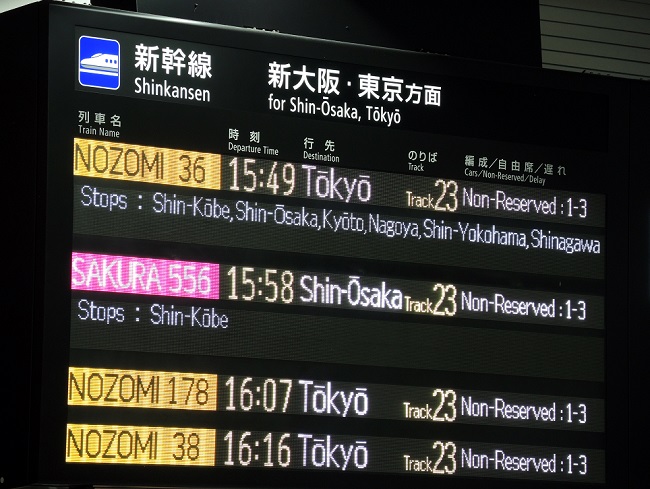
Shinkansen departure screens include information in English so it's easy to find your service and platform
VIDEO: How Difficult is Travelling Japan without Japanese? | Travel Tips
Seat reservations on shinkansen
Most shinkansen have both reserved and non-reserved seats in separate cars. Bilingual signs indicate whether a shinkansen car has reserved or non-reserved seating. Seat reservations can be made from one month before the date of travel until just before departure time.
They can be made at ticket counters at all major JR stations (any shinkansen can be reserved from any JR ticket office).
Some ticket vending machines with bilingual menus (Japanese/English) allow travellers to make seat reservations on shinkansen trains. However, Japan Rail Pass holders cannot use vending machines to make seat reservations.
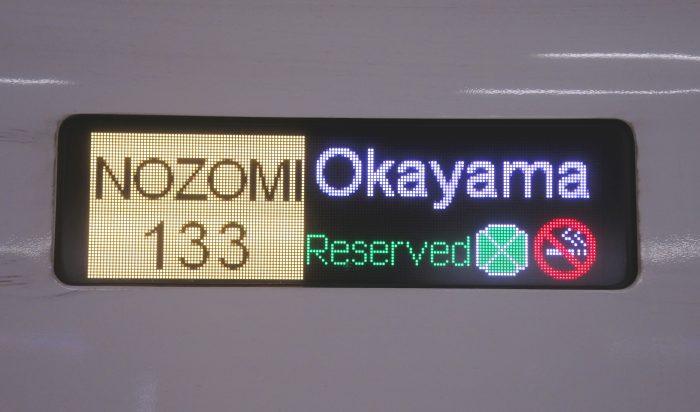
Screens on the outside of shinkansen include information in English about service, destination and car class
JR East has an English language website allowing regular ticket users and JR Pass holders to book tickets and make seat reservations for selected trains in Eastern Japan and Hokkaido.
Smart-EX is an app in English available to users in the United States, Australia, Singapore, Hong Kong and Malaysia for purchasing tickets for the Tokaido-Sanyo Shinkansen.
Japanese websites for online reservations are operated by the JR train companies, but typically require Japanese language skills. Google Translate can sometimes help though.
If you want more help travelling in Japan when you don't speak the language you might like to check out my eBook on the topic, or the Audiobook Edition, or book a Travel Planning Call with me and I'd be happy to walk you through the solutions.
Buying shinkansen tickets
You can easily buy Shinkansen train tickets from JRPass.com and travel safely and rapidly to your destination in Japan.
I have detailed post about the Japan Rail Pass that covers all you'll need to know in advance. I also have an expert guest post about the Regional Japan Rail Passes as possible alternatives to, or in addition to, the Japan Rail Passes themselves.
Japan Rail Pass - Unlimited rail travel in Japan
The Japan Rail Pass is the ultimate way to travel Japan, with unlimited rides on the Shinkansen bullet train, all JR trains, buses, even the Miyajima ferry and the Tokyo Monorail.
A few reasons why you should consider the JR Pass:
I recommend ordering your Japan Rail Pass HERE.
The Japan Rail Pass is easily the best value way to get around Japan. I have written an extensive guide to the Japan Rail Pass here.
SEE ALSO: Japan Rail Pass Ultimate Guide
Travelling by bus
Information in English on buses is more limited, but even if it is, if you're armed with a few key words and names of your destinations, chances are you won't go far wrong.
You board buses in Japan either in the middle or at the back, exiting at the front, next to the driver, paying when you get off.
Ticketing on buses and trams in Japan tends to work differently from the rest of public transport . But, from the non-Japanese speaker's perspective, it's pretty simple once you know the system.
You either take a numbered ticket on entering the bus or tram from an on-board dispenser, or simply board if there is no dispenser. Ticket numbers correspond to stops. The same ticket number also appears on an illuminated board at the front of the bus, above and to the left of where the driver sits.
This displays the current price you have to pay should you wish to get off the bus. The further you go, the more that price above your ticket number increases. If there is no ticket dispenser, it likely to mean that the fare is a fixed price.
The key thing with buses and trams is to either know the stop you need to get off at or to know what the cost of your journey is and get off the bus/tram when the indicator board at the front gets to your price. Chances are you won't need to say or ask anything!
Note: coaches in Japan are often referred to as limousine buses. These you usually board at the front by the driver - having purchased your ticket in advance.
Want to learn Japanese?
Rocket Languages are experts in online language learning.
With them, you won't just be taking a language course. You'll be developing a deeper connection and understanding of the Japanese people, places and culture.
You are less than 60 seconds away from getting started.
Take a free trial to see what it’s all about and why they have over 2 million satisfied customers.
Once you’ve signed up, you’ll have access to several sample lessons, an exclusive discount, and more!
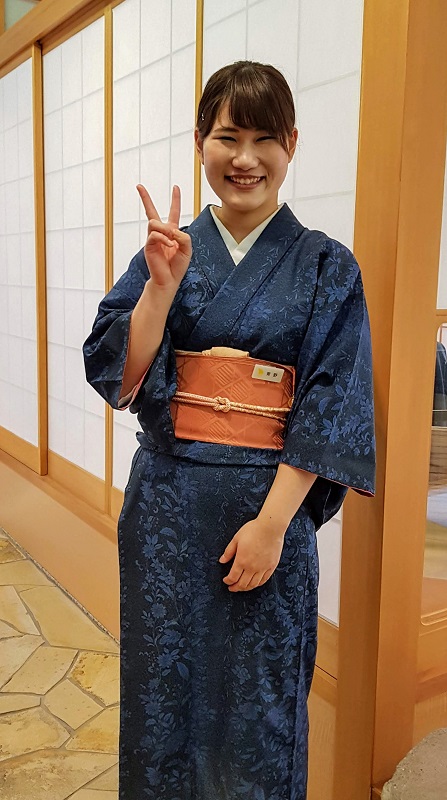
Get a Suica prepaid travel card
But if this all sounds too much to think about, you could always get a Suica card and just tap to pay.
Suica is a pre-paid e-money card - handy for paying for transportation or shopping. You can order them in advance online for easy pick-up at Tokyo's Narita or Haneda airports or in downtown Tokyo. You can even have them posted to most countries in the world in advance of yur departure from home, so you can immediately use them on arrival in Japan.
Board buses without coins, enter stations without tickets; use Suica to pay for goods at stores, kiosks, or vending machines, or for services like lockers, parking, or taxis.
Using a Suica card it's possible to ride city trains, subways, or buses without handling tickets or cash. Less to think about = more chance to enjoy yourself! Using the card it's even possible to get extra discounts on some lines.
You can pre-order Suica Cards HERE.
4 great Suica benefits
Riding taxis - some helpful pointers
If you are simply headed to a well-known local landmark, using a taxi should be straightforward enough. There will be a minimum charge already on the meter (clearly displayed just to the left of the driver) that will start to steadily increase once you get beyond the distance covered by the initial price.
However, taxis can also be the most challenging mode of transport to use if you need to get somewhere specific that isn't well-known locally – such as a small hotel, restaurant, private address, etc.
This is because drivers will usually not know exactly where your destination is, in part due to the surprisingly vague postal address system employed in Japan, and in part as they do not have to learn the street network in their area to qualify as a driver.
The easiest way to manage a taxi ride is to have your address written in Japanese and with some sort of map – ideally a print out from an official website of your destination, Google Maps or an equivalent.
You can pay with cash, credit card and, sometimes, with a Suica Card.
Note: the rear doors of taxis open and close automatically, so you do not need to touch them to enter or exit the car.
Making the most of Tourist Information Offices
You should definitely make the most of tourist information offices. For the non-Japanese speaker these are your constant lifeline when travelling throughout Japan – especially when going off the beaten track.
The larger ones often have at least one member of staff who speaks English, and an extensive (if not entirely comprehensive) selection of translated literature. At the bare minimum they're likely to have maps of the local area, town/city centre and any significant tourist sights in English (and other major languages).
Aside from the information published in English by the Japan National Tourism Organisation (JNTO), local offices will sometimes have information about local sights that you cannot get anywhere else. They may be black and white photocopies rather than their glossy, full colour and more detailed Japanese counterparts, but they'll do the job – and at least you can read them.
The same goes for sights. More remote tourist sights, such as temples, shrines and castles may simply have the main points of interest covered in a couple of pages of typed up, translated notes. However, it's easy to book a guided tour with an English speaker for many of the most popular spots.
VIDEO: Can You Feed Yourself in Japan With No Japanese?
Asking a policeman for assistance
Aside from their law-enforcement role, police in Japan also serve a community role. In cities especially, if you need directions then you can pop into a Koban (police box) and ask for directions, which they will gladly offer using probably using a map.
Koban are easily identified as "Koban" will be written in Romaji and they always have a red light above the entrance.
Pop your head around the door and try saying: "Sumimasen, michi o oshiete kudasai?" ("Excuse me, please can you tell me the way?")
The police officer probably won't speak English, but they will be used to Japanese people regularly asking for directions, and they will quickly pull out a local area street map, often pasted onto a large board for ease of reference.
Pre-plan Key Travel Connections
Pre-planning key connections and booking accommodation in advance will make life a lot easier. It allows you to focus more on the experience, in the moment, instead of worrying about not knowing when your connecting train leaves.
Major train stations in Japan can be very, very, very large.
No, you think you know what a big train station looks like, but in Japan they can be massive. They sprawl underground, sometimes on multiple levels, making navigating your way around them even more challenging.
Some have grown and grown over the years, constantly being extended and added to. This can mean that they become labyrinths - even to the locals.
The best tip I can give you is to do what I do when your sense of direction fails you: use any exit to get above ground as soon as possible so you can get your bearings on local landmarks. You can then either continue to your destination exit over ground or try going back into the underworld and use your general sense of navigation to get you there.
I find the former works more often than the latter.
Travelling off the beaten track
Inevitably, the further you travel off the well-trodden tourist routes the less support for other languages there will be.
Small tourist information offices may have a smattering of English literature but no English-speaking staff. Venture further still and many will have neither.
However, if there's one thing decades of travelling around Japan has taught me, it's not to underestimate what a smile, some strategic hand gestures and speaking English slowly and clearly, but with a Japanese accent, can achieve.
I'm not joking. I can vouch for this tactic from extensive experience.
Whilst you might like the idea of going off the beaten track, you might not be confident enough to do so yourself. That's where guided tours and activities with English speakers or my Japan Travel Planning Services can help.
Asking locals for help
One general tip that applies particularly in the countryside is never be afraid to ask people you see on the street for help. Younger people are often good to ask as they are more likely to have a smattering of English (you'd be surprised how far you can get with them only knowing “Yes”, “No” and “OK”!).
Shop keepers are also worth a try. It's perfectly acceptable to pop into a store just to ask for directions. It will help if you have a local street map to hand (which you picked up from the local tourist office as I suggested, didn't you? 
Fellow Japanese travellers sympathetic to your plight will frequently come to your aid as well.
Need help planning your Japan trip?
Visit my Japan Travel Store
The Japanese may generally be reserved but they can also be extremely helpful if you do ask for help or assistance. Particularly off the beaten track. Just remember to keep your tone and gestures modest. Loud voices and excessive gesticulating can alarm and put off some people.
It is possible to book activities and tours where you are guided by a local. Often by someone who does this sort of thing as a way to share their passion for local food and drink, history, culture, etc. Travel booking sites such as GetYourGuide and Viator both have a good selection of such guided tours.
Find your ideal Japan accommodation
Booking at least key accommodation in advance is advisable (unless your whole approach is to travel and see what you can find along the way.)
The large accommodation booking websites like Booking.com, Hotels.com, etc. can be great not least because of their size (and therefore the quantity of accommodation they cover), and because of their size they can often secure very favourable rates. Booking.com in particular has added a lot of more niche accommodation in Japan in recent years.
It’s also a good idea to look at some of the more specialist accommodation providers.
This includes some that operate only in Japan, like:
With these kinds of solutions you’re more likely to find the local, smaller and more traditional accommodation that you really should consider building into your trip. That would include staying in a ryokan (a traditional inn) - the ultimate way to experience 'The Real Japan'.
Using a Japanese phrasebook or app
If you want to make the effort to engage with the locals in their native tongue, take a trusty pocket language guide and/or phone app.
There are plenty of Japanese phrasebooks out there. The one you choose will largely depend on what you look for in a guide. Me? I still use my old Berlitz phrasebook and dictionary because it is small, well-organised and doesn't require charging or Wi-Fi.
Lonely Planet's Japanese Phrasebook and dictionary is also a best-seller. Lonely Planet is rated as the world's #1 phrasebook publisher.
Recently, I've been field testing translation apps, including Google Translate (available both for Android and iOS). But have to say, in spite of its slick interface, one of the best in the apps market, I've yet to be impressed.
None of the other apps I've tried have me converted either yet – and I'm a bit of a technology geek – so I'm more than keen on the idea. If you've found one that works well, is easy to use and doesn't rely on internet access I'd be interested to know.
How to Travel in Japan Without Speaking Japanese
UPDATED SECOND EDITION!
One of the major considerations with travelling in Japan is the inscrutable Japanese language.
A seemingly incomprehensible, often kaleidoscopic, barrage of cryptic symbols awaits the foreign traveller who doesn’t speak or read the language.
I’ve been exploring Japan since 2000 and I’ve picked up plenty of tips along the way.
I’ve distilled decades of my experience into this ebook for you.
This practical Guide and Travel Planner covers all the essential basics you need to ensure your first (or next) trip to Japan is as amazing as you deserve it to be.
Conclusion - can you travel in Japan without speaking Japanese?
So, can you travel in Japan without speaking Japanese? Sure you can. In big cities and at major landmarks and popular tourist sights, you'll be just fine most of the time.
Of course, once you get off the beaten path a bit, things will get a little more challenging. But with some careful pre-planning you can anticipate and prepare for most situations in which the Japanese language could be a barrier.
Use Japan's impressive public transport network as much as possible. Pre-ordering a pre-payment Suica card or the excellent value Japan Rail Pass will minimise the amount of times you need to speak the language.
And wherever you find yourself, don't be afraid to ask a local for help along the way.
However, if you still have unanswered questions or niggling doubts about any aspect of travelling in Japan when you don't speak the language, I suggest taking a look at my dedicated guide How To Travel In Japan Without Speaking Japanese (there are both eBook and Audiobook editions available).
Feel free to ask any questions you may have by leaving a comment below - I answer every one. And if you have any language hacking tricks you've picked up during your travels in Japan please share them as well.
Found this post helpful? Please share these...
Further Related Guides
5 Essential Things You Need Before You Go To Japan
38 Japan Travel Sites and Resources Every Traveller Should Know
Essential Japan Travel Tips for First Time Visitors
How The Japanese Anticipate Other People’s Needs
How To Choose The Best Japan Travel Guide Book
How To Plan A Trip To Japan In Just 4 Steps!
Japan Rail Pass: The Ultimate Guide
Useful Travel Tips on Japanese Language and Culture
Valuable Reflections on my 17th Trip To Japan (Includes 28 Day Itinerary)
Where to Go, Stay and How to Communicate in Japan
Travel Guide: How To Travel In Japan Without Speaking Japanese
Details on the eBook edition are available HERE
Details on the Audiobook edition are available HERE
SAVE 20%! Details on the Audiobook & eBook Bundle are available HERE
Japan National Tourism Board
Additional Resources
Top 10 Most Popular Japan Tours and Trips
Lonely Planet Japanese Phrasebook & Dictionary
Berlitz Japanese Phrasebook & Dictionary




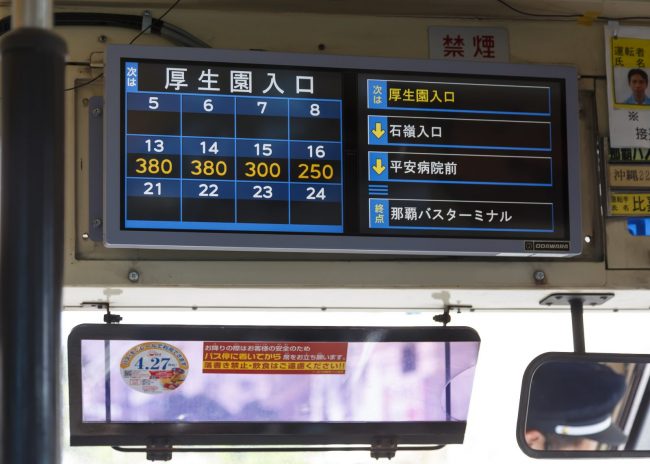
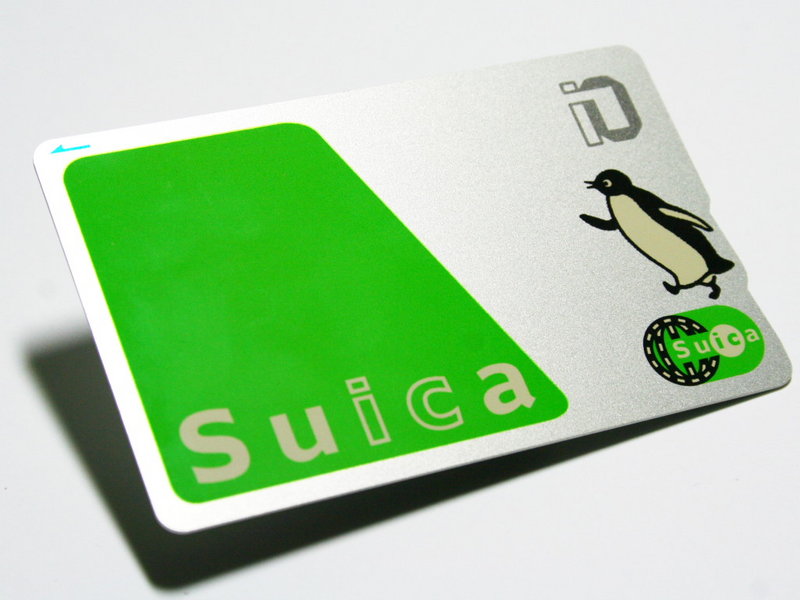
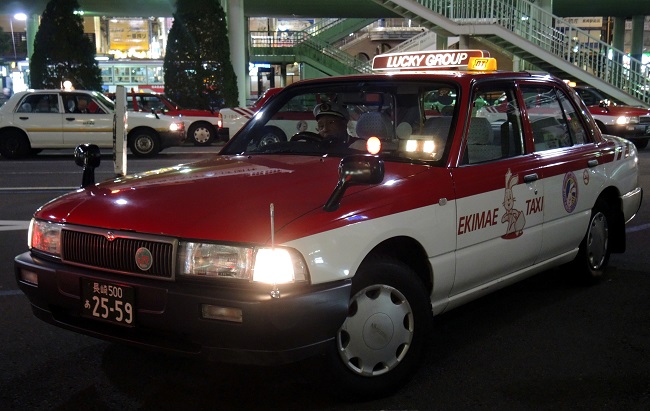
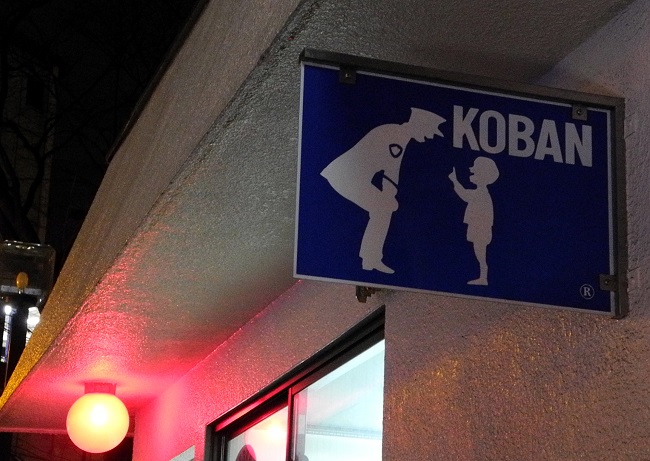
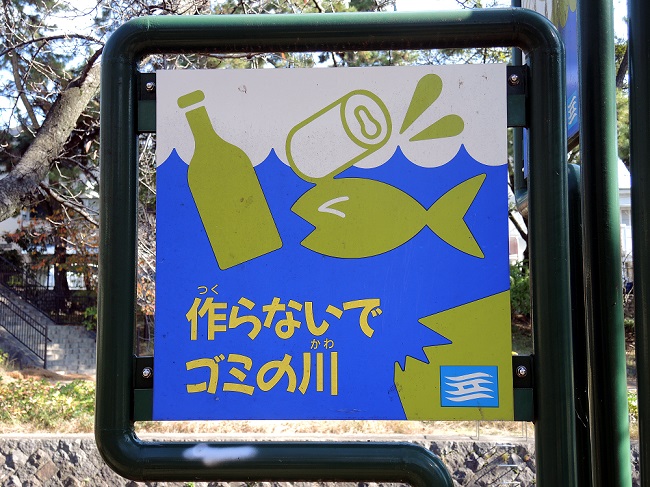
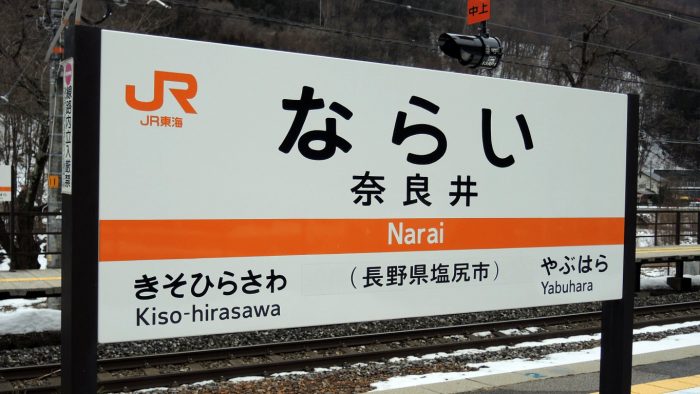
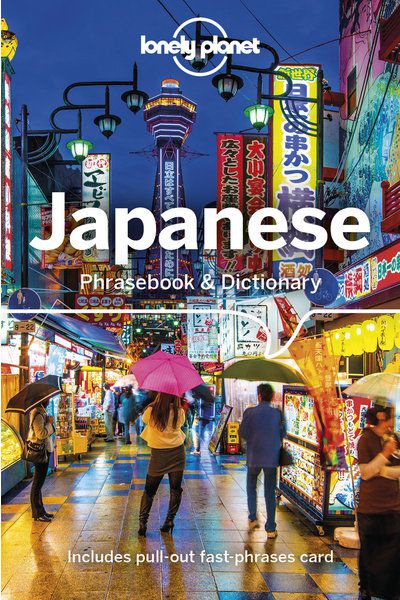
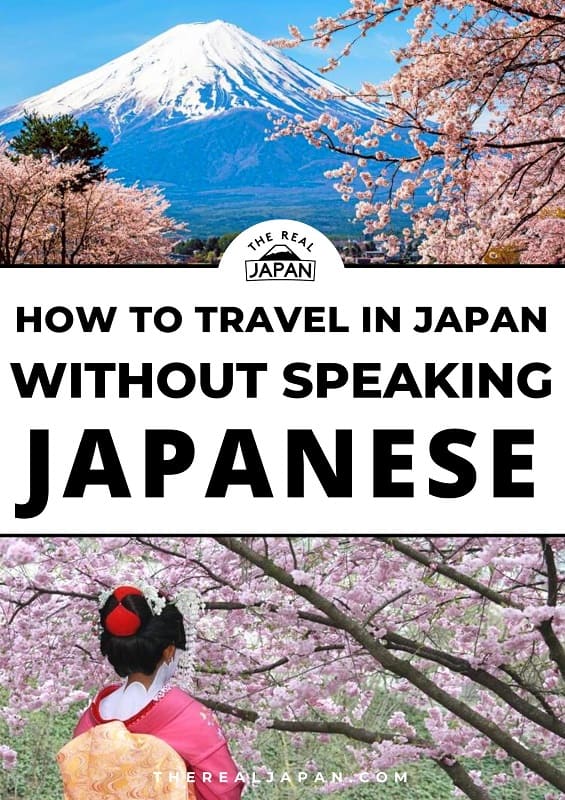
I love the amount of information available here, I hope to use your services when I have the budget to go to Japan. Keep up the good work!
Thanks Chris – glad you liked it. I’ll keep working away!
Rob this is an excellent guide. When we travel to rural or remote areas abroad, no one speaks English. Understandably so. Following these tips prepares you for language or even cultural barriers. We print stuff out and have phone numbers handy for hotels or rentals so drivers can speak to folks in their native tongue.
Thanks Ryan glad you got a lot from it. I agree on the cultural aspect too. Even knowing just a handful of key words and phrases can get you a long way in Japan and thereby get you closer to its unique culture.
For more on cultural etiquette in Japan check out this post: https://www.therealjapan.com/top-7-etiquette-tips-for-travel-in-japan/
Many thanks Rob for putting together these resources.
I’ve been travelling to Japan since 2014 (4 times in 2016) and mostly travel on my own though lucky to have Japanese work colleagues and several ‘chance’ encounters to meet some friendly locals.
I can highly vouch for the JR pass and whilst having an itinerary is helpful especially for first time travellers, I do like to keep a buffer for adhoc exploring. One app which has helped a lot is Hyperdia for checking train schedules. Especially when meeting Japanese friends, it helps to be punctual if not early.
The language barrier is a challenge for myself and fortunately I can gladly eat any Japanese cuisine when it comes to dining. Sometimes it’s the fun of a lucky draw when ordering a meal.
You’re welcome Dean. Good to hear of your chance encounters with locals. I find they’re often some of the most memorable experiences from trips.
HyperDia is no longer updated, so now I recommend using Jorudan’s Japan Transit Planner: https://world.jorudan.co.jp/mln/en/ (I much prefer the interface and there’s app versions too.)
I’ve included Jorudan in my list of Recommended Resources, which you might want to check out/bookmark here: https://www.therealjapan.com/resources/
These are wonderful tips, Especially for the ones who do not know japanese at all.
Great to hear you found them useful Micah! Thanks for the feedback.
I would always, always recommend that people at least learn ‘please’ and ‘thank you’ in any language when visiting – it makes such a difference and takes very little time to be polite 🙂 Hello, goodbye, good morning, sorry and help are also usually very easy. I have been learning some basic Japanese for around 4 months and will make my first visit in a few weeks – very excited!
Thanks for your comments @carolstravels:disqus – I totally agree!
In addition to my well-thumbed Berlitz Japanese Phrase Book, I have ones in the same series for German, Italian, French, Croatian, Portuguese, and Czech.
I’m a bit of a book-lover, but with phone apps as well, there’s really no excuse not to make the little effort it takes. You’re absolutely right about just learning a handful of key phrases – they’ll not only be really handy but will often be well-appreciated by the locals – especially in Japan!
I’m excited for your first trip to Japan – I’m sure you will LOVE it!
Be sure to pop in and tell us how it went.
You may want to consider subscribing to The Real Japan, to get access to my free (and growing) Resource Library. You’ll also get an invite to join my Private Facebook Group – The Real Japan Pioneers :-). Everyone in there is really helpful. Here’s the link if you’re interested: https://www.therealjapan.com/subscribe
If you are catching a taxi in Japan, your best best is to get the phone number of the place you are heading to. The driver can enter this into the GPS and find your destination in a matter of seconds.
A great tip Daniel! Thanks for sharing.
Been there about 15 times in the last 7 years, will be there again next week, & I completely agree! Even before the subway & bus signs were translated in English a few years back, you could definitely get by. Thanks for sharing!
Thanks for sharing your thoughts Daisy, and for the encouragement to others to discover and explore more of Japan.
May I share? Thank you.
Absolutely Glenn!